What is one way that we can visualize the amount of muscle and fat on our bodies?
In a previous journal club, we discussed a study in which the researchers did whole body MRI scans of the participants. The body composition info was reported in liters, rather than the usual standard of weight (in kg). Those that joined in the journal club know that I converted and showed the info in lbs (for consistency and the ease of reading). I got to thinking about this more. The use of liters to convey the information actually allows us to visualize the body composition in a way that weight does not.
I have long enjoyed the “How Much Is Inside” series on Rob Cockerham’s website. So, I decided to go a step further from the journal club and actually visualize this info. The original results were reported in liters. Since the most prevalent form of liters in my life are the 2-liter Mountain Dew bottles that fuel me, I decided to employ them to represent the data.
If we use the numbers provided by Livestrong or Wikipedia, then 2.3 lbs of muscle fills 1 liter and 1.98 lbs of fat fills 1 liter.
The participants of the study in the previous journal club had an average of 80 lbs of muscle, or ~35 liters. That’s more than 17 2-liter bottles of dDew!
The participants had an average of 68 lbs of total body fat, or ~34 liters. Because of the different densities of muscle and fat, that’s 17 2-liter bottles again!
Since the journal club delved into the particulars of the types of fat, we learned that the participants had an average of 57 lbs of subQ body fat, or ~29 liters. That’s almost 15 2-liter bottles!
They had an average of 9 lbs of visceral fat, or ~4 liters. That’s double-fisting your Dew level of visceral fat.
After looking at these bottles for the participants, I couldn’t resist checking out my own bottle counts.
Since I don’t have access to an MRI machine to do some whole-body MRI scans, I had to use my home scale. It uses bioimpedance to estimate body composition. Studies such as this and this have reported the error of bioimpedance as high as +/-8%. So, the numbers I list below could be 8% lower or 8% higher. Or as I discussed in this journal club recently, my waist may have 18% body fat while my arms may have 10% and my legs may have 26%. It’s anyone’s guess! For the sake of this exercise, though, we’re just going to accept the numbers the scale provided.
The scale said I have 66 lbs of muscle. That’s ~28 ½ liters. That’s 14 delicious 2-liter bottles of dDew!
The scale also said I have 30 lbs of total body fat, or ~15 liters. That’s over 7 2-liter bottles of glowing nectar!
By the end of the study, the participants had lost an average of 27 lbs of total body fat. That’s the equivalent of putting down 7 bottles of dDew. Having carried so many bottles of dDew from the store to my apartments over the years (be it walk, cycle, or drive), I can say that putting down that many bottles is a real load off.
If you have any questions about this post or anything I said, please feel free to leave a comment. I will get back to you and others may have insight to offer, too. If you have any questions or topic suggestions that you would like answered as a post, then please email me at robert@analyticfitness.com.
Don’t forget to like Analytic Fitness on Facebook, or follow me on Twitter or the other social medias!

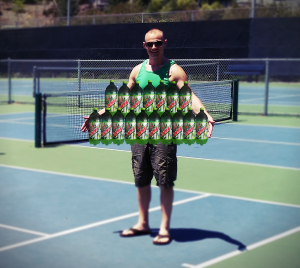
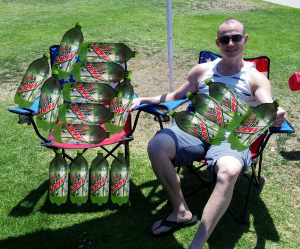
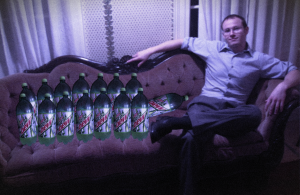
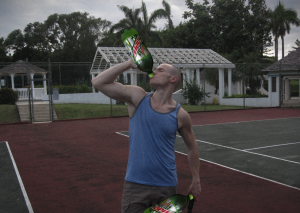
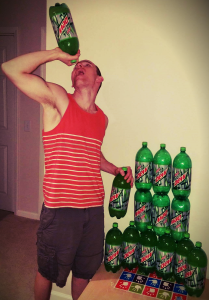
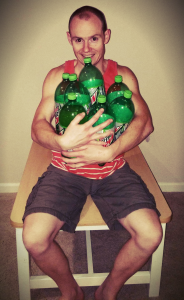
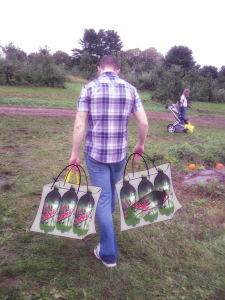




POST REPLY